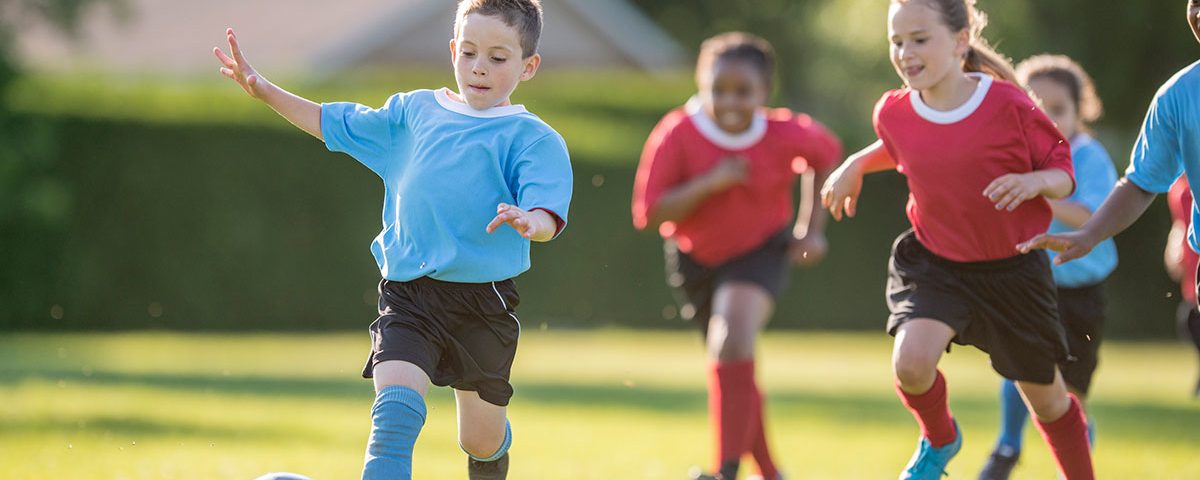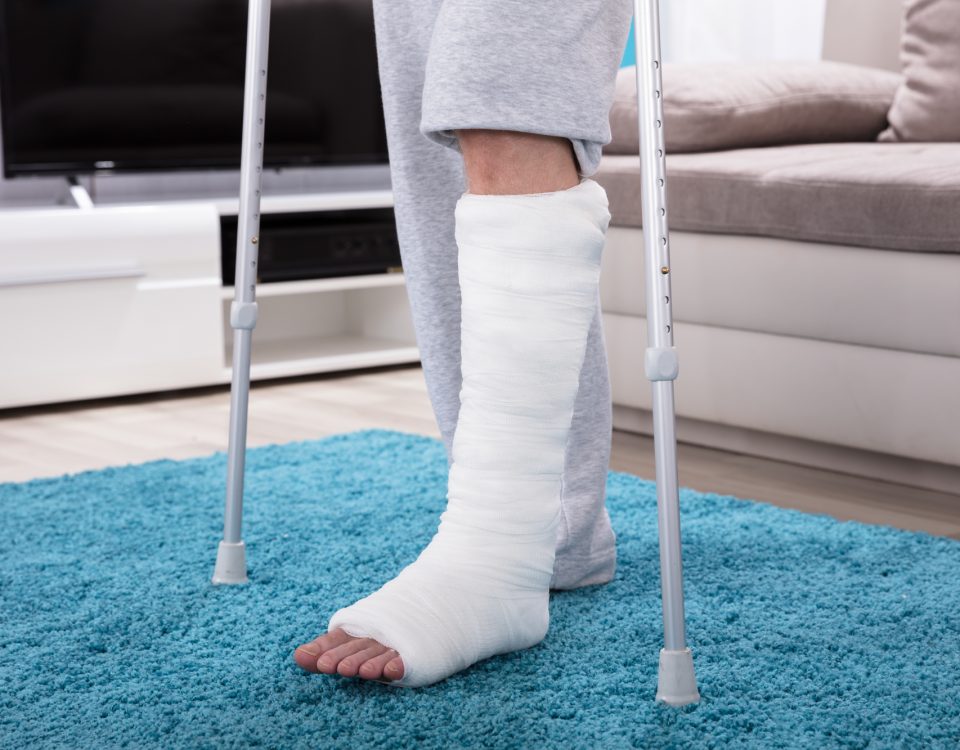
Preparing for Hand Surgery
September 7, 2016
6 Strategies for Taming Runner’s Knee
November 1, 2016Fractures in Children & Teens: What to Know

“How common are fractures in children and adolescents?” This is a question we receive all the time, usually from worried parents dealing with a child’s unexpected injury. No parent wants to see their child injured, but the specialists at Charlottesville Orthopaedic Center we can assure you that fractures in children and young adults are very common, especially with kids that tend to be physically active.
In the event that your child has experienced as fracture, here are some things you should keep in mind:
How They Happen
For most children and adolescents, fractures occur during mild to moderate play or sports activities. The exact cause for each fracture incident can vary, but we do know that in young children, many fractures are due to falls – the children reach out to catch themselves as they meet the ground, and an arm fracture occurs. We also know that fractures can peak in the early adolescence while bones are trying to catch up with growth spurts. But as a parent, how can you help to prevent these types of injuries?
First, know which sports activities are most at risk for fractures – track, cross-country, baseball, soccer, and football are among the more risky sports out there. However, that doesn’t mean you need to relegate your child to the sidelines. Instead, make sure they’re not too focused on a single activity and that their training is a mix of high- and low-impact activities. This will allow for strengthening of muscles that help to protect bones from injury.
Making sure your child is also eating a healthy diet, including a sufficient amount of calcium and vitamin D. Calcium and vitamin D work together to help strengthen growing bones, reducing the risk for fractures during activity.
Types of Fractures
Not all fractures are created equal – the type of fracture that can occur in a child depends on their age, their overall health, and the activity they were participating in when they were injured. Let’s take a look at some of the most common fractures we see in kids and teens.
Buckle Fracture: Very common in children, buckle fractures (also known as a torus fracture) happen when a bone compresses in on itself, causing it to crumple on one side. Younger children are still in the middle of a complex growing process, part of which includes having bones that are a bit more pliable than those of teens and adults. Because of this, buckle fractures are able to only affect one side of the bone, leaving the other unharmed.
Greenstick Fractures: Another fracture very common in children, greenstick fractures are essentially the opposite of buckle fractures – they are caused due to too much tension placed on a bone. The side of the bone that is injured will appear to be pulled apart, with the other side remaining undamaged.
Stress Fractures: Stress fractures are very common for kids and teenagers participating in running activities, especially those that involve running for long periods of time or jumping. These fractures are very tiny breaks in a bone due to repetitive force, and they don’t always exhibit the sudden signs of injury produced by other fractures. Symptoms of stress fractures include swelling and pain that progressively gets worse over time.
Complete and Incomplete Fractures: These terms refer to the “completeness” of a fracture, or whether or not a bone is broken all the way through. Incomplete fractures involve a bone cracking, but not breaking all the way through. Complete fractures involve a complete break through the bone, potentially in more than one location.
Open Fracture: This type of fracture tends to cause the most panic, both for the patient and the parent. Open fractures involve a broken bone that is piercing the skin. Not only is this problematic due to a broken bone, but it also puts the patient at risk for infection.
Growth Plate Fractures: Growth plates are areas of cartilage that occur near the ends of bones. In children and adolescents, these plates are among the last areas to harden during the growth process, leaving them vulnerable to injury and fractures. When this area experiences a fracture, it is known as a growth plate fracture. These tend to occur in leg bones, and need to be diagnosed immediately – if left untreated, growth plate fractures can lead to uneven healing.
First Aid
Broken bones can be both scary and painful for children and young adults, so the very first thing that should happen is reassurance that everything is going to be ok. The vast majority of fractures in young people do not require surgery, but in order to make sure treatment for the injury is the best it can be it is very helpful to know exactly what happened when the injury occurred. Once your child is able to talk, ask them what happened. Many breaks involve a snapping or grinding sound, so find out if they noticed a noise when the accident happened.
Physical indications of a break include redness, swelling, tenderness, and difficulty moving the affected area. In some breaks, a limb may “not look right” – there might be a noticeable bend, or in the case of an open fracture the bone will penetrate the skin. Remove all clothing from the affected area and try to keep it as stable as possible. If materials are available, a temporary splint can be helpful – this just consists of a stable item such as a piece of cardboard or a rolled up newspaper attached with bandaging material. Do not try to reposition a break – let the doctors handle that.
Once basic first aid has occurred, it’s time to get the patient medical treatment. For closed fractures, we can generally treat the injury in-office – just give us a call at (434) 244-8412 and we will schedule an appointment right away. For open fractures, immediate attention is required, so it’s time to head to the emergency room.
Treatment and Healing
The silver lining in the cloud caused by a child or adolescent suffering a fracture is that these injuries usually don’t require surgery. The bones of kids are still soft and growing, which means they tend to heal a lot faster that similar injuries suffered by adults.
When young patients come to us for fracture care, we will do a thorough examination of the area, do some imaging, and diagnose the exact type of fracture we are dealing with. From there, our doctors generally use thermoforming bracing materials to help reposition and stabilize the injury during the healing process. This material isn’t the same as those old uncomfortable plaster casts you might remember. Thermoforming bracing is much more comfortable and molds easily to the patient’s body.
Finally, healing times are dependent on a few factors – the age of the child, the type of fracture that occurred, and the severity of the injury. This is something that will be discussed at your visit.



